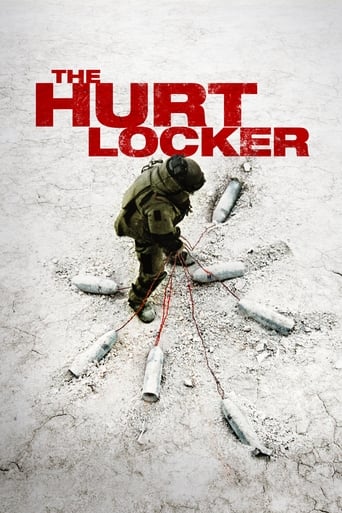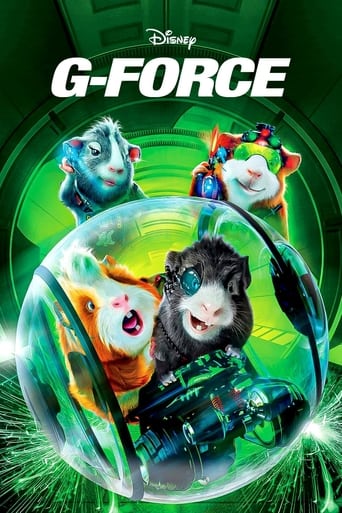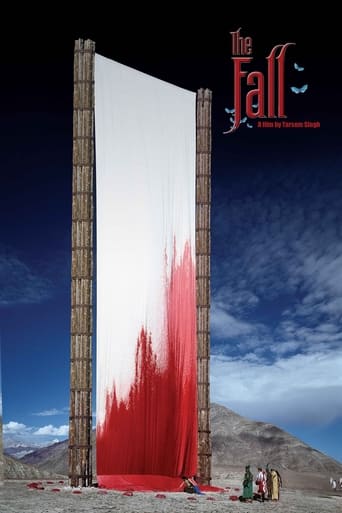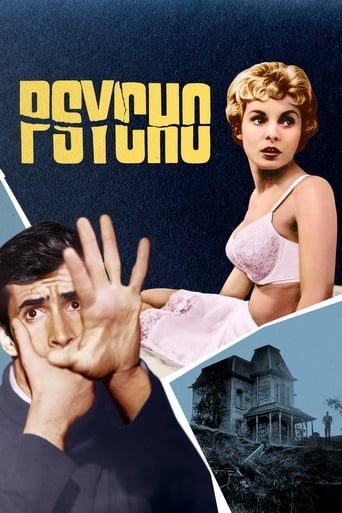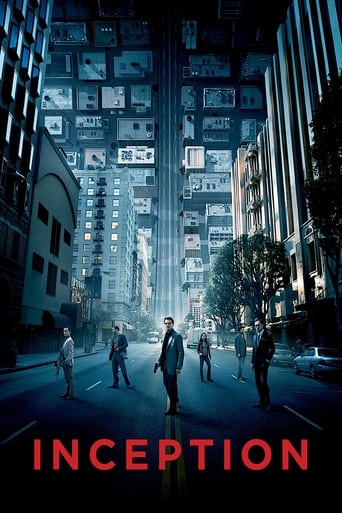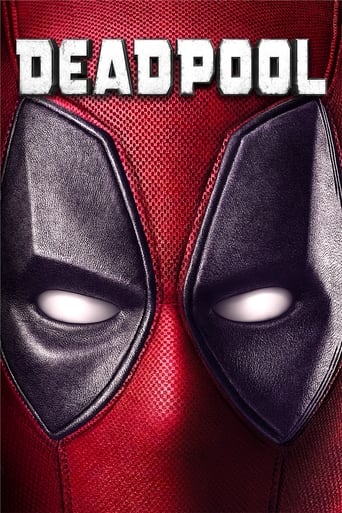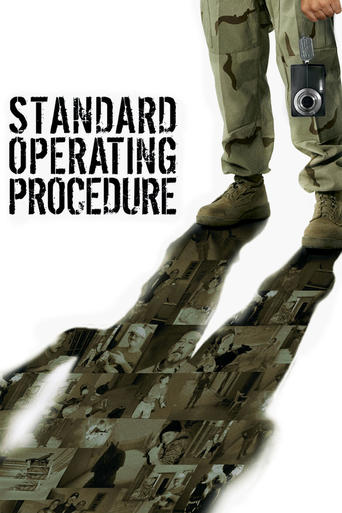


Standard Operating Procedure
Errol Morris examines the incidents of abuse and torture of suspected terrorists at the hands of U.S. forces at the Abu Ghraib prison.
-
- Cast:
- Lynndie England , Sabrina Harman , Janis Karpinski


Similar titles
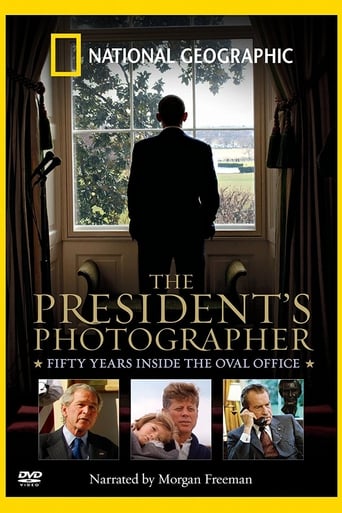
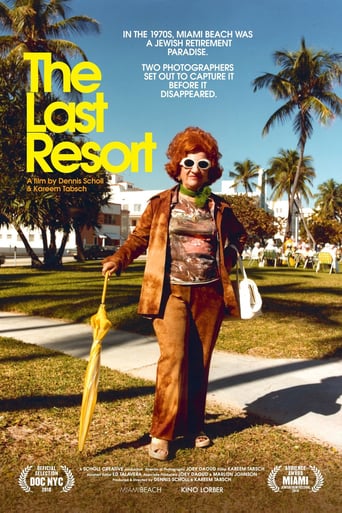
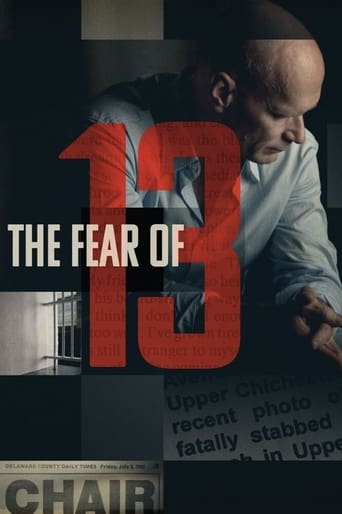
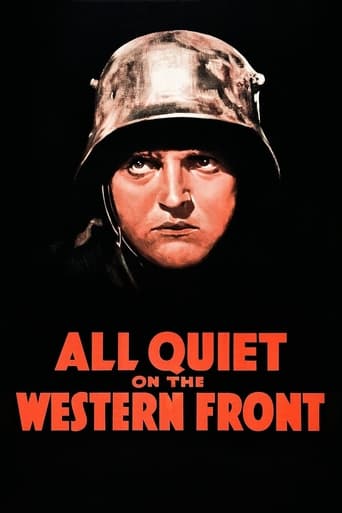
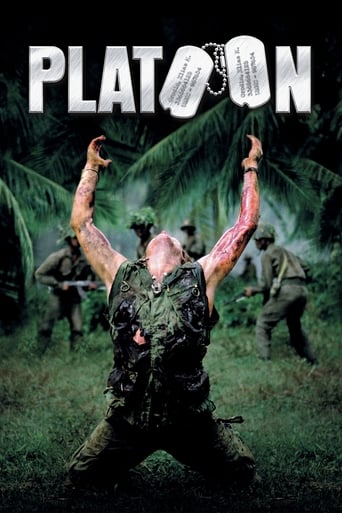
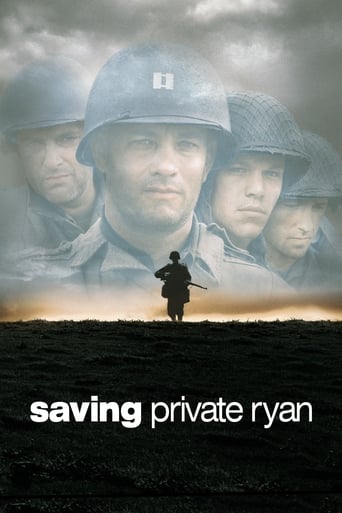
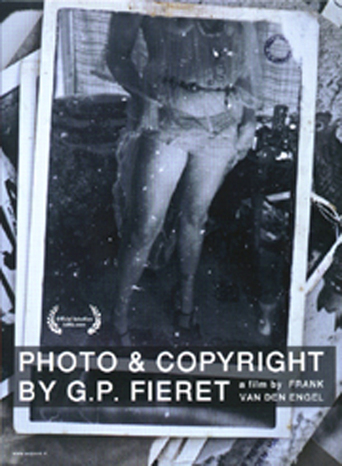
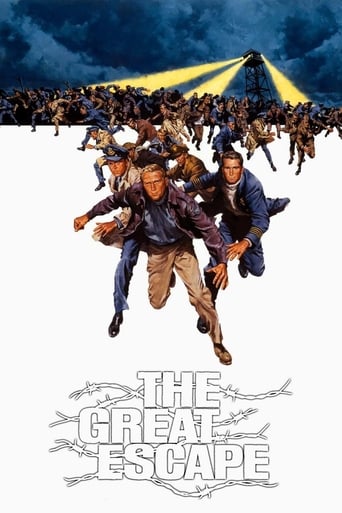
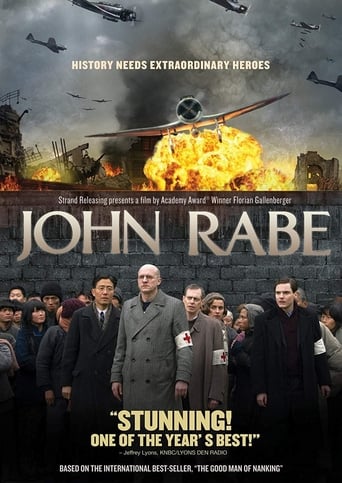
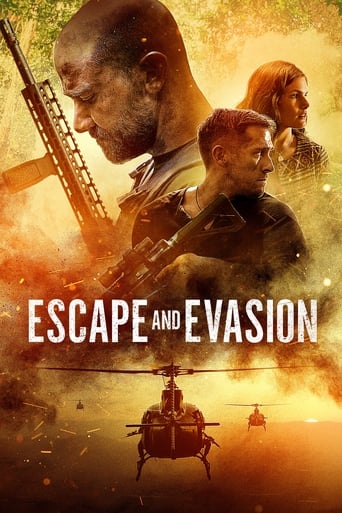
Reviews
You won't be disappointed!
Best movie of this year hands down!
As Good As It Gets
It's a movie as timely as it is provocative and amazingly, for much of its running time, it is weirdly funny.
Reading some reviews on this, I'm a little confused. The subject matter was dealt with effectively. The interviewees spoke frankly (if not specifically honestly) about their experiences. Was there some deep resolution to this? Hardly. The little fish fried and the middle- sized wandered away to promotions and congratulations, whilst the biggest (Rumsfeld, Bush & Cheney) avoided everything.Beyond that, the thing I found the most interesting was the personalities involved. After watching Camp X-Ray, some reviewers said that Kristen Stewart's character was impossible to have been that of a military person. The vulnerabilities and flaws she displayed as a human being apparently aren't SOP for the US military. Well folks, here's a reality check for you. Stewart's failings were nothing compared to those interviewed.From Brigadier General Janis Karpinski down to PFC Lynndie England, I saw a whole bunch of whining, simple cowards intent on mitigating their own crimes by dropping hellfire onto anyone else in their range. Not quite the shiny, perfect robots that some people seem to think should be present in movies regarding the US military.This doco was a critical piece in the puzzle that was the debacle of Iraq, the excesses of Bagram and Gitmo and all the other less publicised 'detention facilities' spread across the world. The 'world police' need some Internal Affairs action it would seem.The most amusing thing of it all was the oft-repeated line of 'I was only following orders'. Where have we heard that before? Oh yeah, that's right. 1946, Nuremberg. Lucky these were the 'good guys'.
Respectful silence from the audience throughout. Not a word spoken by anyone exiting the theatre afterwards. Standard Operating Procedure is the film no one is talking about.Errol Morris' documentary on the abuse of detainees at Abu Ghraib prison is smart and informative. While talking head interviews with the people directly and indirectly involved provide the backbone, cinematic reconstructions of 2003s grizzly events coupled with the well known photographs taken by soldiers work successfully at pulling an emotional response from the viewer.Though intriguing, SOP doesn't really benefit from the big screen treatment and would probably have just as much impact if viewed on TV.Dark and depressing, shocking and enlightening: SOP is 2008's must see documentary.
What a crashing bore of a movie on a topic that deserved a much better treatment. Morris displays his customary heavy handedness in driving home the trivial and obvious points with excess, unneeded imagery. If you want to see a compelling story on this issue, told with much more flare and skill, see Taxi to the Dark Side. Don't waste your time on this, unless you need a good snooze. On display are Morris's usual techniques, employed to similar head-scratching ends as in Fog of War. At least there, we had an interesting character at the heart of the story and Morris lucked out with some poignant on-screen moments from McNamara. Here, he demonstrates that he has no intellectual or critical filter with which to sift facts. So, when one interviewee mentions the three cameras used to take the pictures at Abu G, we get a special effects image of each camera model floating in space as if this were some revelatory moment. When it is revealed that during an amnesty period after the Abu G scandal was revealed many photos and other documents were handed in a shredded, we get, not just a slow mo of shredded paper falling through the air, we get also get an entire cell block filled with bits of paper. In other words, every moment is punctuated with Morris's subtext: you're just too dumb to get what you just heard and I'm so enthralled with my movie making skills that I'm going to beat you over the head with this. This is not documentary film-making. This is rampant narcissism.
Errol Morris's new documentary "Standard Operating Procedure" attempts to challenge the very medium of photography and bring to light the injustices at Abu Ghraib. The film somewhat succeeds in the first respect but fumbles its way through the second. Documentaries are inherently subjective and set out to portray a certain angle; that being said what Director Errol Morris says are his intentions and what appears on the screen are two totally different things. The film stumbles through the events at Abu Ghraib but fails to retain any real emotion, fluidity or energy throughout the work. Let's look at the good first. Errol Morris takes an interesting stance by constantly asking the viewers "What's outside the frame?" In a sense he's questioning the very medium he is using. This questioned is answered somewhat through testimonies but also quite literally by showing viewers photographs before they were cropped, such as the infamous leach photograph. Errol using some interesting techniques, most noticeably the use of the interotron. The interotron is a screen, similar to a TelePrompTer, that allows the interviewee to look directly into the camera, allowing for a more genuine first person feel to the film.However, for everything Errol Morris does right, there are a myriad of things done wrong here. While the cinematography of the film interviews via the interotron is interesting, the editing that pieces it together is awful. The film will cut different angles of the same person talking with gaps of black transition that last for almost two seconds. These pauses of black beg you to question "Is the film over?" which is always no. The film clocks in at 117 minutes, but it might as well be four hours long, because that's what it feels like. You can only watch people talk at you for so long. Morris attempts to spice up the picture by using grainy, melodramatic, slow motion sequences that serve little purpose other than to pad an already long film's running time and to flesh out images of his imagination in an attempt to sway the audience to his kind of thinking. Errol Morris has stated on several occasions that "Standard Operating Procedure" is not a political film. It sure feels like one. Morris paints himself as a detective, similarly to the way he did in "The Thin Blue Line", attempting to bring those truly responsible to justice. Those in the picture are responsible, but he wants to go after those higher up, who ordered the interrogation techniques and knew what was going on. The film merely graces that aspect, pointing a broad finger towards higher command and Bush administration. instead, the film indulges in the American atrocities committed at Abu Ghraib, while sympathizing with those who were jailed. Morris also blatantly hints towards the fact that every cell block in every prison in Iraq is performing this sort of torture to this degree. Why no photographs of any other cell block have not leaked, you can decide. "Standard Operating Procedure" is a failed documentary in that it attempts to be investigative but is so subjective in it's material that it just comes off as a fumbling clump of information. Nothing is truly resolved and more questions are asked than answered. It does give slightly more insight to the happenings at Abu Ghraib, but at almost two hours, S.O.P. is self aggrandizing and indulgent. Morris's political beliefs cloud his objectivity; the way he paints it, President Bush and Rumsfeld were fully aware from the beginning and actively trying to cover it up. Why would Morris take this approach? Because large government conspiracies are a whole lot more interesting than isolated incidents. In the end, there isn't a whole lot of reporting going on here as much as speculating.

